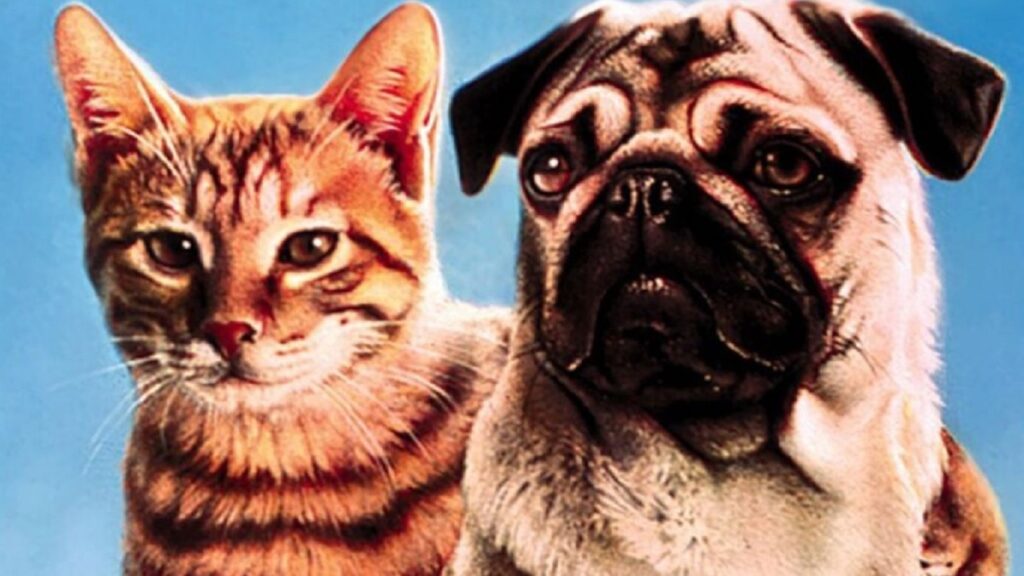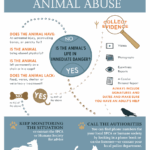The enchanting tale of a cat and a dog embarking on adventures together encapsulated in the film “Milo and Otis” captivated audiences upon its release. The cinematography paired with innocent charm appealed to viewers of all ages. However, beneath the surface of this seemingly blissful narrative lies a stark examination of the ethical implications of filmmaking, particularly regarding the treatment of animals. The resurgence of conversations surrounding animal cruelty in cinema has brought “Milo and Otis” under scrutiny, prompting an investigation into the ethical responsibilities of filmmakers.
From the outset, one cannot overlook the captivating visuals that the film offers. The stunning landscapes and the endearing companionship portrayed through the misadventures of Milo, the pug-nosed kitten, and Otis, the spirited golden retriever, form a narrative blended with whimsical charm. However, the underlying ethical considerations raise questions about the lengths filmmakers will go to produce captivating content. As we delve deeper, it is imperative to distinguish between the narrative’s charm and the potential ethical breaches that may have occurred during production.
A major concern surrounding “Milo and Otis” revolves around the reported mistreatment of animal actors during filming. Several filmmakers involved in animal-centric projects have been criticized for the treatment of animals used in their productions. Allegations surfaced that during the creation of “Milo and Otis,” several animals may have endured distressing situations, allegedly leading to partial brutality disguised as entertainment. Speculation about the conditions animals were subjected to, such as hazardous environments and unmonitored activities, raises alarms concerning the filmmakers’ adherence to ethical standards.
While the specifics regarding the treatment of animals during the making of “Milo and Otis” remain convoluted, the public’s outcry is palpable. Critics have condemned the film for its perceived lack of compassion towards its furry cast. Significantly, allegations include reports of animals being put into perilous circumstances for the sake of drama and visual appeal. These assertions ignite a firestorm of discussions surrounding the moral responsibilities filmmakers possess when managing animals on set.
The American Humane Association (AHA) has long been an authority on the humane treatment of animals within the entertainment industry. Their guidelines dictate that animal actors must be treated with the utmost care and that no part of production may subject them to undue stress or harm. However, during the filming of “Milo and Otis,” claims arose that AHA representatives were not present, raising flagrant concerns regarding oversight. This lack of a protective safeguard casts a shadow over the decision-making practices at hand during production, asserting the necessity of stringent ethical standards in all filmmaking.
Furthermore, the ramifications of these ethical breaches extend beyond merely the individual animals involved. They reverberate through the fabric of societal responsibility. Audiences, drawn into narratives that charm and engage, often overlook the dark realities lurking in the background. This disconnect between viewer experience and ethical practices in animal treatment necessitates a broader dialogue about awareness. It is imperative to cultivate a culture wherein audiences demand transparency and accountability, encouraging filmmakers to prioritize the well-being of animals on set.
The notion of animal ethics extends beyond mere concerns of physical safety; it encapsulates the broader ethical implications associated with sentience in animals. Sentient beings possess the capacity to feel pain, pleasure, and emotional distress. The consideration of these experiences should challenge filmmakers to approach their craft with a mindset grounded in empathy and respect for the creatures involved. The treatment of animal actors should align with growing societal standards regarding animal rights and well-being.
In educational spheres, discussions around “Milo and Otis” serve as a case study, exemplifying the delicate interplay between creativity and ethical responsibility. Film schools and industry workshops should incorporate lessons centered on animal ethics as a core component of their curriculum. Emerging filmmakers must be equipped with the knowledge and moral compass to assess their choices concerning animal welfare, fostering a generation that champions ethical integrity alongside artistic expression.
Furthermore, the dialogue surrounding critiques of “Milo and Otis” thrusts the conversation about reforming industry practices into the limelight. The modification of regulations governing animal actors is paramount to ensure that instances of cruelty and negligence are unearthed and eradicated. Industry leaders, along with animal welfare advocates, must collaborate to create comprehensive guidelines that enforce rigorous standards for animal treatment in filmmaking. Such reforms could set a precedent, serving as a guiding light for future productions.
The narrative of “Milo and Otis” serves as a microcosm of the broader ethical landscape of animal representation in media. It lays bare the responsibilities artists carry toward the sentient beings they portray. As audiences, it is crucial to remain vigilant, demanding transparency and advocating for standards that prioritize the well-being of all creatures in the entertainment industry. As discussions surrounding the treatment of animal actors continue to evolve, the lessons drawn from “Milo and Otis” should spur filmmakers to tread compassionately on the delicate balance of creativity and responsibility.
In conclusion, while “Milo and Otis” may continue to charm audiences with its light-hearted antics, the grim reality of potential animal cruelty questions the ethical integrity behind its production. The film stands as a reminder of the pressing need for accountability and reform within the industry. An informed society must advocate for humane practices that respect all life; only by doing so can we aspire for a future where art and ethics exist harmoniously.






